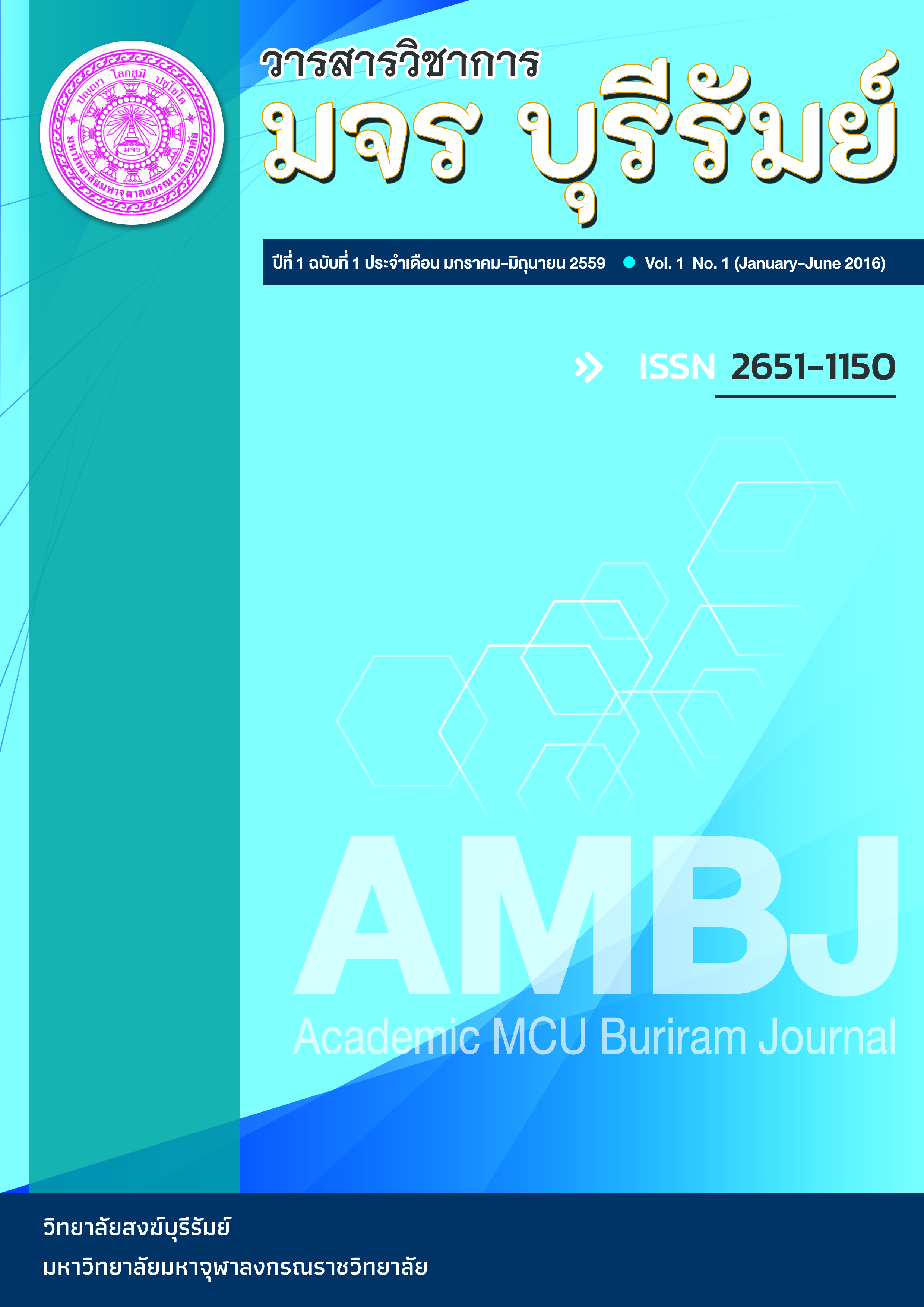An Analytical Study of the Faults from Violation of Sekhiyavattas
Keywords:
Faults, Violation, Sekhiyavattas, Faults, Violation, SekhiyavattasAbstract
The purposes of the article entitled “An Analytical Study of the Punishment for the Offenses against the Rules of Sekhiyavattas were 1) to study the original cases of the Buddha’s laying down the rules of Sekhiyavattas, 2) to study the rational principles of the Buddha’s laying down the rules of Sekhiyavattas, and 3) to study the punishment for the offenses against the rules of Sekhiyavattas. From this study, it was found that the original cases of the Buddha’s laying-down were six ascetics whose names were Panduka,Lohitaka,Mettiya,Bhummajaka, Assaji, andPunabbasuka. Before their ordination, they all were friends who lived in Savatthi City. After they were ordained as Bhikkhus (ordained monks) in Buddhism, they were named “Chabbaggiya” meaning six ascetics who conducted themselves improperly because of their personal habits of impiety, shamelessness and stubbornness towards the wrong-doing and the monastic rules. They extremely undermined Buddhism and became the originals of the Buddha’s laying-down called Adikammika, that is, the original cases of the Buddha’s laying down the 227 root-rules and additional rules, namely 4 Parajikas, 13 Sanghadisesas, 30 Nissaggiyapacittiyas, 92 Pacittiyas, 4 Patidesaniya, and 75Sekhiyavattas. Apart from this, there were several rules out of the codes of the fundamental rules. The Buddhist rules mean the rules and the orders which the Buddha laid down for regulating the monks’ actions. They were the roots of Buddhism called “Vinayas” or 227 precepts which were laid down by the Buddha because of the monks’ misconducts criticized by the lay people. After investigating and knowing the fact, the Buddha laid down the monastic rules.
According to the rational principles of the Buddha’s laying down, whenever one of these cases acted in an improper way by Bhikkhus (ordained monks) and Bhikkhunis (ordained nuns) was brought to the Buddha's attention, he would lay down a rule establishing a suitable punishment for the offense, as a deterrent to future misconduct. To be the benefit to his Buddhism in the future, the Buddha regulated the rules with 10 targets as follows:
- to be socially accepted 6. to get rid of all defilements in the future
- to enhance social happiness 7. to be benefit for un-believers
- to control a stubborn person 8. to be benefit for believers
- to enhance monks’ happiness 9. to keep Suddhamma’s persistence
- to stop all defilements in the present 10. to pay respect to Vinayas (the disciplines)
Owing to Bukkhus and Bukkhunis’ misconducts, the Buddha laid down the rules for the purpose of crossing lust, reviving delusion, stopping thirst, detaching mournfulness, ending the circle of rebirth, terminate sensuality, relieving sexual desire, extinguishing, and Nibbana.
The Buddha laid down the 75 rules of Sekhiyavattas for monks’ attention, divided into four groups as follows:
The first group consists of the traditions that should behave properly in the village such as the costume, the physical movement, and the talks in a suitable way while staying in the community.
The second group consists of the traditions of receiving food and chewing food in a good manner.
The third group consists of the traditions of sermon giving a sermon properly and no permission for a person who does not pay respect to Dhamma or the Buddha’s teaching. The fourth group consists of the traditions of defecation, urination, and spit.
Downloads
Published
How to Cite
Issue
Section
License
ทัศนะและความคิดเห็นที่ปรากฏในบทความวารสารฉบับนี้ถือเป็นความรับผิดชอบของผู้เขียนบทความนั้น ไม่ถือเป็นทัศนะและความรับผิดชอบของบรรณาธิการ





